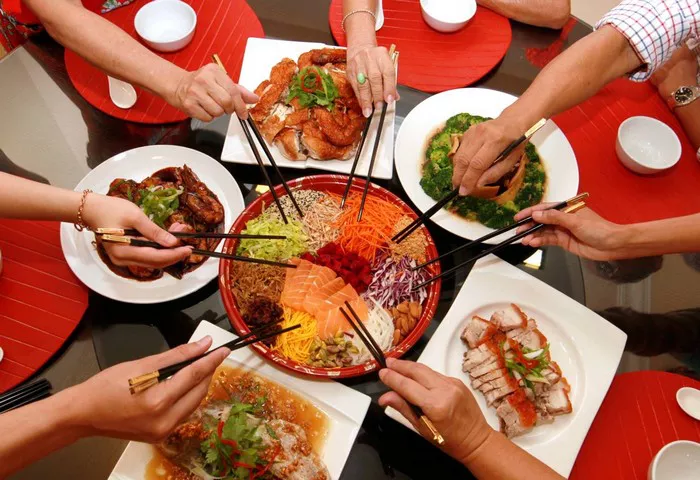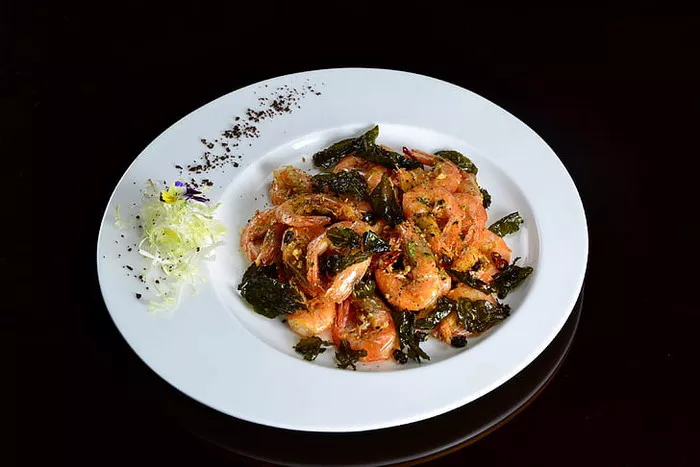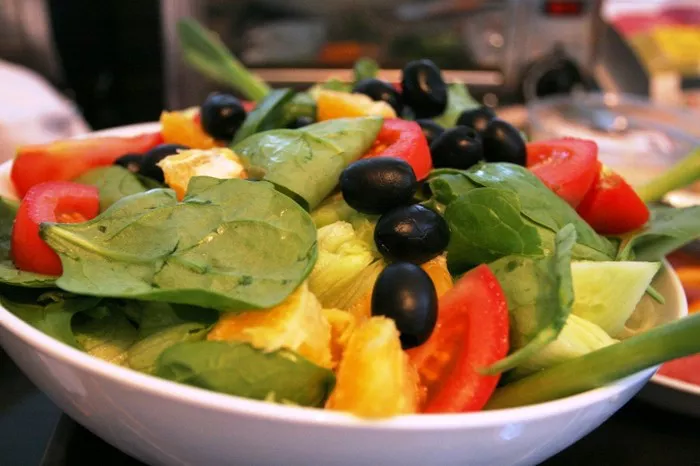Chinese cuisine is a culinary universe that spans an incredible array of flavors, techniques, and ingredients. From the fiery spices of Sichuan to the delicate flavors of Cantonese dim sum, Chinese food offers a tantalizing journey for the taste buds. The diversity within Chinese cuisine is a reflection of the country’s vast geography, regional traditions, and historical influences. In this exploration, we’ll delve into the multitude of types of Chinese food that make this cuisine a global treasure.
1. Cantonese Cuisine: Dim Sum Delights
Cantonese cuisine hails from the southern region of Guangdong and is known for its emphasis on fresh ingredients and delicate flavors. Dim sum, a beloved tradition, offers a variety of bite-sized dishes that range from savory dumplings to sweet custard tarts. The cuisine also features dishes like roasted meats, congee, and seafood, often prepared using steaming, stir-frying, and slow-cooking techniques.
2. Sichuan Cuisine: Fiery and Flavorful
Sichuan cuisine is celebrated for its bold and spicy flavors, thanks to the liberal use of Sichuan peppercorns and chili peppers. Dishes like mapo tofu and kung pao chicken exemplify the fusion of fiery heat and complex flavors. Sichuan cuisine also features numbing sensations from the peppercorns, creating a culinary experience that’s both fiery and exhilarating.
3. Shanghainese Cuisine: Sweet and Savory
Shanghainese cuisine is known for its balance between sweet and savory flavors, often achieved through the use of sugar, soy sauce, and rice wine. Dishes like xiaolongbao (soup-filled dumplings) and sweet and sour spare ribs are emblematic of this style. Shanghainese cuisine places a strong emphasis on fresh ingredients and exquisite presentation.
4. Hunan Cuisine: Spicy and Aromatic
Hunan cuisine is renowned for its bold and aromatic flavors, with an emphasis on the use of garlic, shallots, and fresh chilies. While it shares some similarities with Sichuan cuisine, Hunan dishes tend to be less numbing and more focused on intense spiciness. Dishes like spicy stir-fried fish and smoked meats showcase the region’s commitment to robust and deeply flavorful cuisine.
5. Beijing Cuisine: Imperial Elegance
Beijing cuisine, also known as Imperial cuisine, is closely associated with the capital city’s rich history and the royal kitchens of the past. The emphasis here is on fine dining, with a focus on roasted meats like Peking duck, which is renowned for its crispy skin and tender meat. The delicate flavors and attention to detail make Beijing cuisine a true embodiment of culinary refinement.
6. Fujian Cuisine: Seafood and Soups
Fujian cuisine takes advantage of the coastal region’s abundant seafood and focuses on soups and braised dishes. Seafood is often featured in creative ways, while dishes like Buddha jumps over the wall—a complex soup with a variety of ingredients—are testament to the intricate flavors and techniques employed in this cuisine.
7. Anhui Cuisine: Wild Ingredients and Slow Cooking
Anhui cuisine is known for its use of wild ingredients and slow-cooking methods. This style of cooking often involves stewing and braising, resulting in dishes with deep and hearty flavors. Wild herbs, mushrooms, and river fish are staples, and the cuisine highlights the region’s appreciation for earthy and rustic tastes.
8. Zhejiang Cuisine: Light and Delicate
Zhejiang cuisine is characterized by its focus on freshness and delicacy. With an emphasis on preserving the original flavors of ingredients, Zhejiang dishes are often lightly seasoned and prepared through methods like steaming, braising, and sautéing. The cuisine is known for its refined presentations and emphasis on the harmony of colors and textures.
9. Xinjiang Cuisine: Influences from the Silk Road
Xinjiang cuisine draws inspiration from the region’s location along the Silk Road, resulting in a fusion of flavors from Central Asia, the Middle East, and China. The cuisine is known for its grilled meats, hand-pulled noodles, and bread-like bing. Dishes like lamb skewers and pilaf showcase the unique blend of spices and culinary influences that define Xinjiang cuisine.
10. Taiwanese Cuisine: A Melting Pot of Flavors
Taiwanese cuisine is a fusion of various Chinese regional cuisines and influences from the island’s history. From street food favorites like beef noodle soup and oyster omelets to iconic dishes like stinky tofu, Taiwanese cuisine is a vibrant and diverse culinary journey that celebrates the island’s rich culinary tapestry.
Conclusion
The types of Chinese food are a testament to the nation’s incredible diversity and culinary artistry. Each regional style offers a unique glimpse into the history, culture, and flavors that define that particular area. From the fiery spices of Sichuan to the delicate dim sum of Cantonese cuisine, every type of Chinese food is a masterpiece that tells a story of tradition, innovation, and the love of good food. Whether you’re savoring the bold flavors of Hunan or enjoying the refined elegance of Beijing cuisine, Chinese food never fails to deliver a feast for the senses that transcends borders and cultures.























